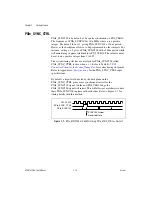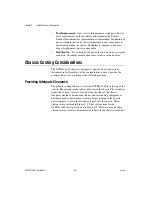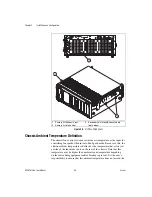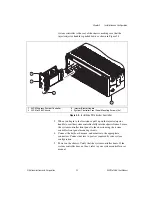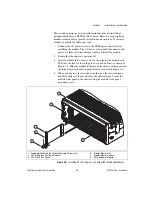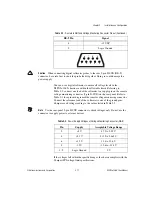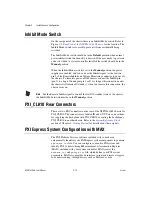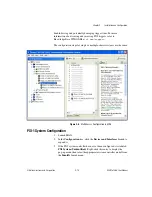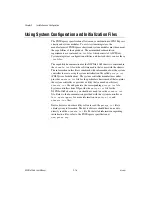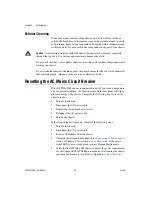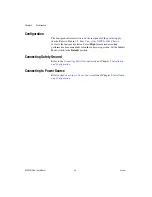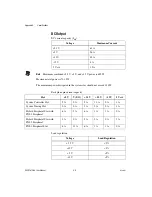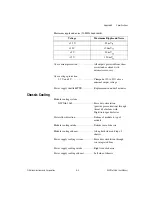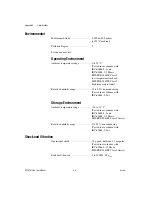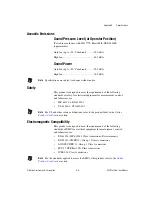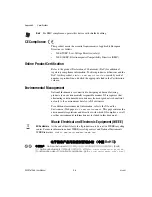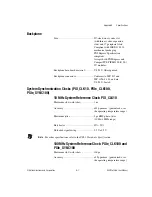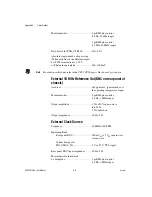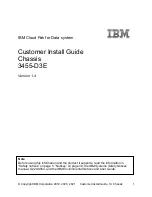
Chapter 2
Installation and Configuration
2-14
ni.com
4.
Click the PXI system controller. The chassis (or multiple chassis, in a
multichassis configuration) is listed below it. Identify each chassis by
right-clicking its entry, then selecting the appropriate chassis model
through the
Identify As
submenu. Further expanding the
PXI System
branch shows all devices in the system that can be recognized by
NI-VISA. When your system controller and all your chassis are
identified, the required
pxisys.ini
file is complete.
The PXI specification allows for many combinations of PXI chassis and
system modules. To assist system integrators, the manufacturers of
PXI chassis and system modules must document the capabilities of their
products. PXI Express devices must provide a driver and
.ini
file for
identification. These files are provided as part of the PXI Platform Services
software included with your system controller. The minimum
documentation requirements for PXI-1 are contained in
.ini
files, which
consist of ASCII text. System integrators, configuration utilities, and
device drivers can use these
.ini
files.
The capability documentation for a PXI-1 chassis is contained in a
chassis.ini
file provided by the chassis manufacturer. The information
in this file is combined with information about the system controller to
create a single PXI-1 system initialization file called
pxisys.ini
(PXI System Initialization). The NI system controller uses MAX to
generate the
pxisys.ini
file from the
chassis.ini
file.
Device drivers and other utility software read the
pxiesys.ini
and
pxisys.ini
file to obtain system information. For detailed information
about initialization files, refer to the PXI specification at
www.pxisa.org
.
Trigger Configuration in MAX
Each chassis has one or more trigger buses, each with eight lines
numbered 0 through 7 that can be reserved and routed statically or
dynamically. Static reservation
pre-allocates
a trigger line to prevent its
configuration by a user program. Dynamic reservation/routing/deallocation
is
on the fly
within a user program based upon National Instruments APIs
such as NI-DAQmx. Static reservation of trigger lines can be implemented
by the user in MAX through the
Triggers
tab. Reserved trigger lines will
not be used by PXI modules dynamically configured by programs such as
NI-DAQmx. This prevents the instruments from double-driving the trigger
lines, possibly damaging devices in the chassis. In the default
configuration, trigger lines on each bus are independent. For example,
if trigger line 3 is asserted on trigger bus 0, by default it will not be
automatically asserted on any other trigger bus.

